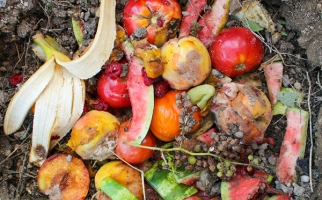
The Environmental Impact of Wasted Food
STEM Explained
One-third of all food produced is wasted. Learn about the environmental consequences of food waste, and what you can do about it.

The Genius of Mendeleev's Table
STEM Explained
Dmitri Mendeleev’s version of the periodic table was brilliant - find out why!
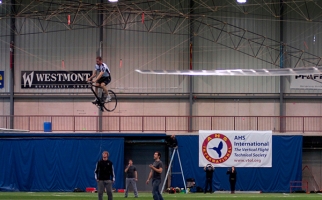
The Hovering Human
STEM Explained
Learn how a team of Canadian engineers used Bernoulli’s Principle to design a human-powered helicopter. It set a world record for human-powered hovering flight!

Should Scientists Clone Extinct Species?
STEM Explained
Cloning makes it possible to bring extinct species back to life. But is that a good idea?
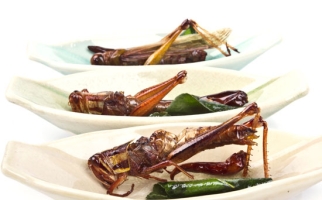
Should We Eat Bugs?
STEM Explained
What's tasty, abundant and high in protein and vitamins? Bugs! Bugs feed about 2 billion people each day. They also hold promise for food security and sustainability.
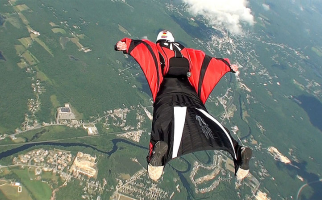
Soaring for Sport
STEM Explained
Ever dreamed if overcoming gravity and flying away? Using aerodynamics, wingsuit jumpers get as close to flight as humanly possible.
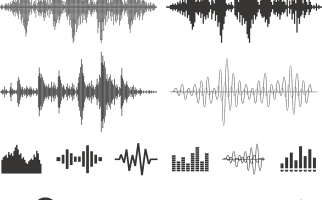
Sound vs. Noise
STEM Explained
What is the difference between sound and noise? How do they affect your hearing? And is noise always a bad thing?
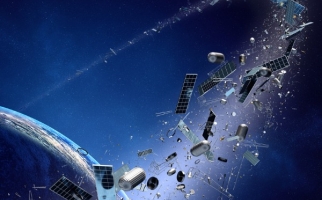
Space Junk
STEM Explained
Litter isn't just a problem on Earth. When litter ends up in space, it can cause collisions and other consequences for satellites, the International Space Station and even for people on Earth!

Spaceflight and Bone Loss
STEM Explained
Astronauts can experience bone loss in space. To understand why, you need to know a bit about how bones are formed and maintained in your body.
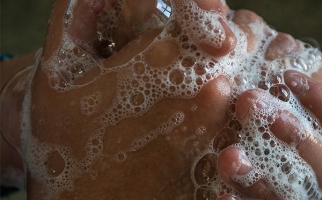
Stupendous Suds
STEM Explained
Every time you wash your hands with soap, there are complex chemical reactions taking place.
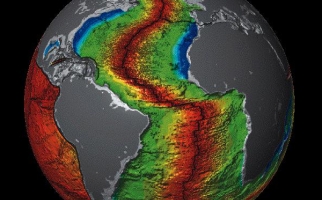
Plate Tectonics
STEM Explained
The surface of the Earth is constantly moving, and earthquakes and volcanoes occur, because of plate tectonics.
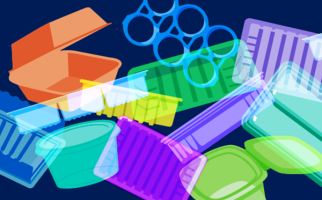
Polystyrene: The Pros, the Cons, the Chemistry
STEM Explained
Learn the organic chemistry behind this very useful plastic. Why is recycling polystyrene hard? Why does polystyrene often end up as solid waste?
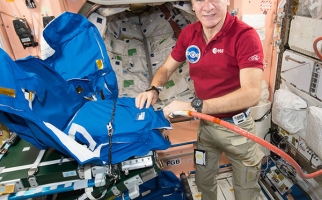
Radiation and Human Space Exploration
STEM Explained
One of the greatest hazards that humans in space face is cosmic radiation. Learn what cosmic radiation is, why it's dangerous, and ways that we are looking at protecting humans in deep space.
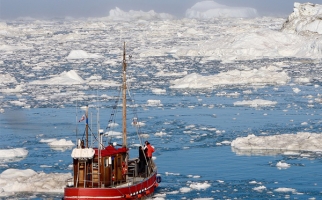
Reaching the Arctic
STEM Explained
How will arctic ice melt from climate change affect exploration, scientific research and geopolitics?
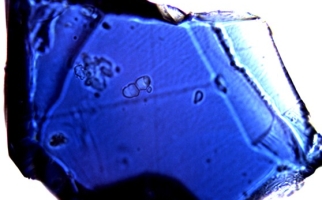
Ringwoodite and the Deep Water Cycle
STEM Explained
The water in the oceans has travelled vast distances. It has even time spent deep below the surface of the Earth, trapped inside the mineral ringwoodite.